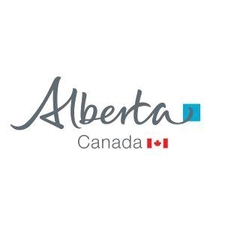WATER-RESOURCES
Type of resources
Topics
Keywords
Contact for the resource
Provided by
Formats
Representation types
Update frequencies
status
-

This map displays an assessment of surface water quality risk for the agricultural area of Alberta. Agricultural activities that may have an impact on surface water quality, including livestock, crop production and agrochemical use, were identified and used to produce this map. The classes shown on the map were ranked from 0 (lowest risk) to 1 (highest risk).This resource was created in 2002 using ArcGIS.
-

The Aquifer Vulnerability Index (AVI) is a method of assessing the vulnerability of aquifers to surface contaminants in Alberta. An aquifer is a geological formation that is permeable enough to transmit sufficient quantities of water to possible to support the development of water wells. In the assessment of aquifer vulnerability to potential contamination, the depth to the aquifer and the types of geological materials above them are considered. For example, aquifers closer to the surface overlain with pervious surface materials are more vulnerable to contaminants, as compared to aquifers found deeper and covered with a thick layer of impervious material. The AVI ratings indicate the potential of surficial materials to transmit water withy contaminants to the aquifer over a period of time. This data was created in 2002 using ArcGIS.
-

This map displays an assessment of groundwater quality risk for the agricultural area of Alberta. Agricultural activities that may have an impact on groundwater quality include livestock, crop production and agrochemical use. These activities along with the physical characteristics represented by aquifer vulnerability and available moisture were combined to produce this map. The classes shown on the map were ranked from 0 (lowest risk) to 1 (highest risk). This resource was created in 2005 using ArcGIS.
-

This GIS dataset depicts an estimate of average annual groundwater recharge in the Edmonton-Calgary corridor based on hydrological water budget analysis using climate and hydrometric data from Environment Canada, the Water Survey of Canada, and Alberta Environment and Sustainable Resource Development. This average annual groundwater recharge grid was generated to assist in building steady-state numerical groundwater flow models for large regions within the Edmonton-Calgary Corridor.
 Arctic SDI catalogue
Arctic SDI catalogue